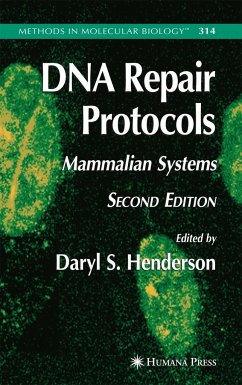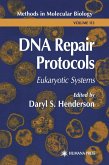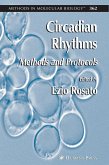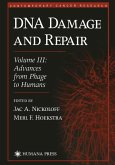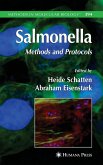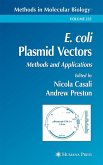This collection of readily reproducible techniques for repairing mammalian DNA contains fourteen entirely new chapters and many extensively revised chapters. The methods presented cover cytogenetic analysis, measuring the cellular response to ionizing radiation, detecting single-strand (nicks) and double-strand DNA breaks, detecting the presence of "adducted" bases in DNA, and preparing mismatch repair (MMR) plasmid substrates. Among the highlights are excellent coverage of both base excision repair (BER) and nucleotide excision repair (NER), useful assays for identifying and quantifying UV-induced DNA lesions and DNA breakage, gene therapy, environmental mutagenesis and cancer, and gene targeting. In this second edition of a much praised laboratory manual devoted to eukaryotic systems, Daryl S. Henderson has refocused the book on mammalian cells, adding fourteen entirely new chapters and extensively revising many of the remaining chapters. The authors address a broad range of questions about practical mammalian DNA repair, including such arcana as "what is radioresistant DNA synthesis and how is it measured?" The techniques presented are readily reproducible and offer cutting-edge methods for cytogenetic analysis, measuring the cellular response to ionizing radiation, detecting single-strand (nicks) and double-strand DNA breaks, detecting the presence of "adducted" bases in DNA, and preparing mismatch repair (MMR) plasmid substrates. Among the highlights are excellent coverage of both base excision repair (BER) and nucleotide excision repair (NER), useful assays for identifying and quantifying UV-induced DNA lesions and DNA breakage, gene therapy, environmental mutagenesis and cancer, and gene targeting. The protocols follow the successful Methods in Molecular Biology series format, each offering step-by-step laboratory instructions, an introduction outlining the principles behind the technique, lists of the necessary equipment and reagents, and tips on troubleshooting and avoiding known pitfalls.
Authoritative and highly practical, DNA Repair Protocols: Mammalian Systems, Second Edition, offers investigators a wide variety of productive methods to explore and make new discoveries in the world of mammalian DNA repair.
Authoritative and highly practical, DNA Repair Protocols: Mammalian Systems, Second Edition, offers investigators a wide variety of productive methods to explore and make new discoveries in the world of mammalian DNA repair.
"...It will serve as an essential reference for both the practical and theoretical aspects of DNA repair studies, encourage the transfer of methodologies between model systems, and stimulate the development of new approaches." -- Anticancer Research
"...must for any science library supporting a molecular biology program." -- E-Streams
"An informative collection of techniques and protocols for characterizing and utilizing DNA repair activities and enzymes from some of the leading names in DNA repair field. This collection of protocols is ideal for both the novice in the field and to the experienced applied researcher." -- Lavoisier Librairie
"...an extremely useful resource for any laboratory with an interest in the vibrant field of DNA repair. Any good laboratory manueal should be not only a useful reference guide but also a source of inspiration, and it is undoubtedly true that DNA Repair Protocols: Mammalian Systems succeeds on both counts." -- Int. J. Radiation Oncology Biol. Phys.
"This is the definite book on the subject not only for those working in the field of DNA repair but also for those interested in genetic toxicology and chemical safety." -- BTS Newsletter
"...must for any science library supporting a molecular biology program." -- E-Streams
"An informative collection of techniques and protocols for characterizing and utilizing DNA repair activities and enzymes from some of the leading names in DNA repair field. This collection of protocols is ideal for both the novice in the field and to the experienced applied researcher." -- Lavoisier Librairie
"...an extremely useful resource for any laboratory with an interest in the vibrant field of DNA repair. Any good laboratory manueal should be not only a useful reference guide but also a source of inspiration, and it is undoubtedly true that DNA Repair Protocols: Mammalian Systems succeeds on both counts." -- Int. J. Radiation Oncology Biol. Phys.
"This is the definite book on the subject not only for those working in the field of DNA repair but also for those interested in genetic toxicology and chemical safety." -- BTS Newsletter

